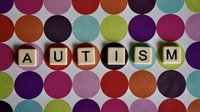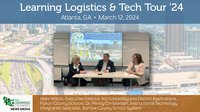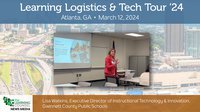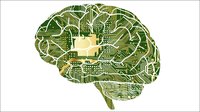NPC 2021: How SEL can help raise high school reading achievement – By Kara Arundel, K-12 Dive
School principals can support student literacy development in middle and high schools by promoting the mechanics of reading instruction as well as student-centered learning approaches, such as social-emotional learning and student choice in reading materials, said panelists in a Thursday virtual session during the National Principals Conference, hosted by the National Association of Secondary School Principals.
The link between SEL and literacy development might not be obvious, said panelist Janine Caffrey, chief research officer at Reading Plus, but there are strong connections between positive student-teacher relationships and reading proficiency. The learning lags experienced during the pandemic may be partly attributed to students’ disconnect from school communities and friends, Caffrey said.
School leaders should also be mindful of SEL and instructional supports for teachers, who are balancing a variety of academic, equity, engagement and access demands to assist older students, the panelists said.
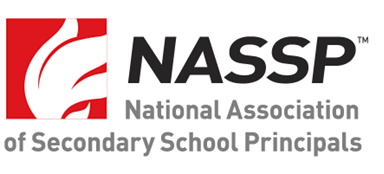
NASFAA Creates Toolkit to Reduce Implicit Bias in Financial Aid Policy – By Sarah Wood, Diverse Education
When Michael Birchett first started reading Satisfactory Academic Progress appeals as a financial aid administrator, he came across one student who was unable to attend class for an extended period due to a flat tire.
As someone who grew up in a middle-class family, he thought the reasoning was “silly” at first.
But, after noticing cars in neighborhoods with flat tires not moving for months, Birchett, the director of financial aid counseling and outreach at the University of Kentucky, realized not everyone has money on hand to fix those issues immediately.
This is just one example of implicit bias that can exist at the institutional level, said Birchett.
“If you don’t have very diverse groups of folks from different backgrounds or socioeconomic levels looking at things and being able to actually empathize with students, you are not really making very good appeal decisions for those students,” he said.
To mitigate the negative impact of implicit bias, specifically in college financial aid offices, the National Association of Student Financial Aid Administrators (NASFAA) published the “Implicit Bias Toolkit.”
The toolkit offers best practices to financial aid administrators to address biases in policies related to institutional forms, communication, cost of attendance, scholarships, student worker programs, verification and professional judgment.
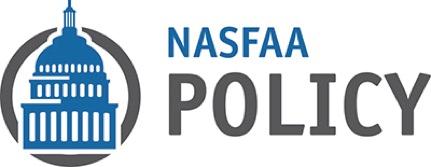
State Board of Education approves virtual learning programs at 33 school districts – By Bailey Wright, ABC4 News
During a special meeting Monday the State Board of Education approved virtual learning programs for 33 school districts.
The approval applies to the 2021-2022 academic year. It was granted based on certain criteria set by the South Carolina General Assembly and guidelines established by the board.
The approved districts include Florence 3, Orangeburg, and Dorchester 1. To see a full list of the districts approved, visit the state education website.
"While all South Carolina schools are rightly prioritizing full, in-person instruction this upcoming school year, we know families in some communities were able to successfully navigate virtual learning and would like the option to continue," said State Board of Education Chair Dr. Kristi Woodall in a statement.
"The districts whose programs were approved have demonstrated that they are able to meet the high expectations that we have set for virtual instruction and student participation," she said.
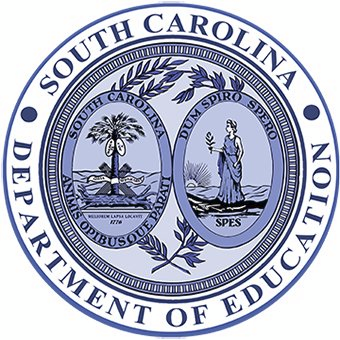
Where Are the School Librarians? New Study Shows 20 Percent Decline In Past Decade – By Noble Ingram, EdSurge
Even as students are sorting through information online more than ever, the number of school librarians who could help them learn the fundamentals of research and media literacy have been quietly disappearing.
A report published today from the School Librarian Investigation: Decline or Evolution?, a research project through Antioch University Seattle and funded by the Institute of Museum and Library Services, highlights an ongoing decline in the number of districts nationwide with school librarians. According to the findings, there were about 20 percent fewer librarians during the 2018-2019 school year in the 13,000 districts examined than a decade prior. But the absence of these educators isn’t equally distributed; Smaller, rural districts, and those with higher proportions of English-language learners, Hispanic students, and low-income students were more likely to lack a librarian.
“What we knew from our work since 2018 is that we've been losing school librarians at a pretty alarming rate for a decade,” says Keith Curry Lance, a library statistics and research associate with the RSL Research Group, and co-author of the study. “But everybody’s not losing their school librarians, just the people who can least afford to lose them.”
As of 2018-2019, about three in ten school districts lacked even a single librarian.







